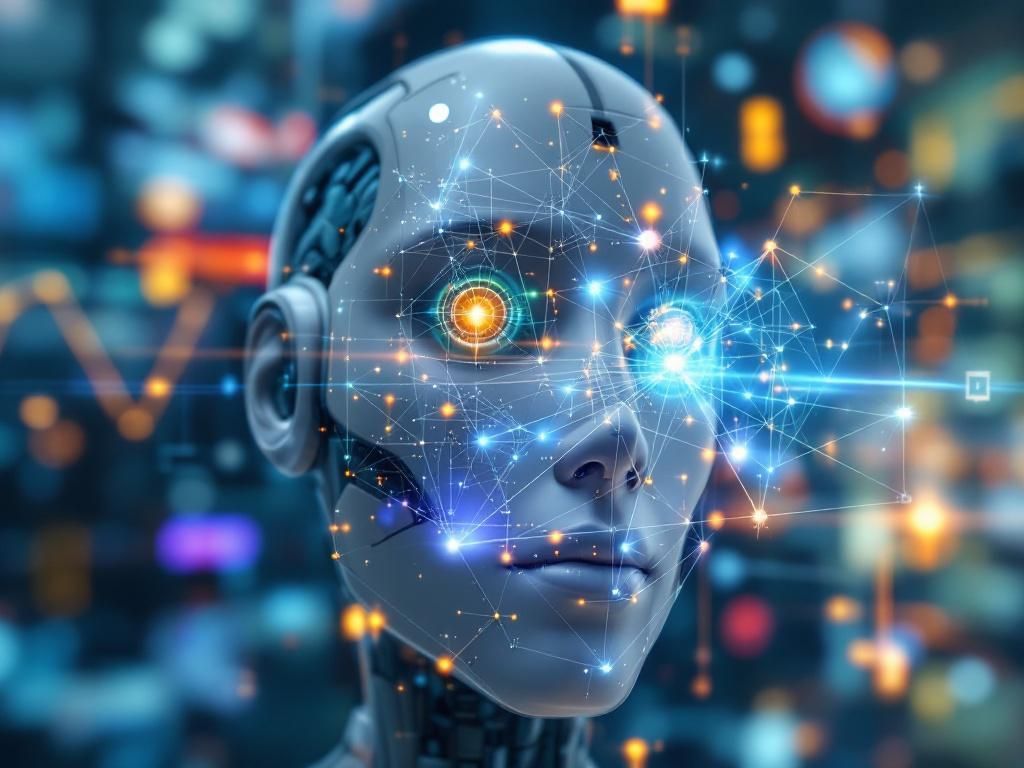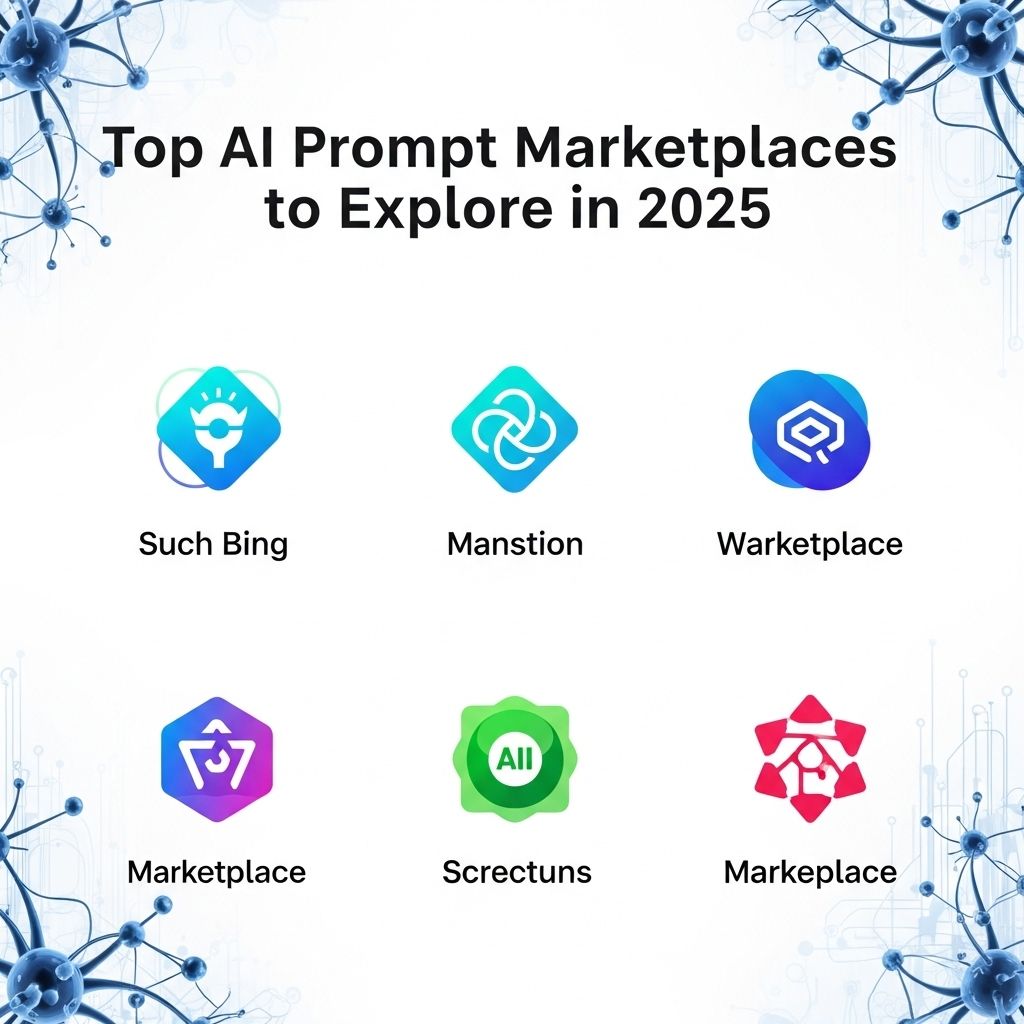As artificial intelligence continues to evolve, so does its application in various fields, particularly in image recognition. By 2025, the landscape of AI image recognition platforms is expected to be radically transformed, offering advanced capabilities and unprecedented accuracy. This article explores the leading platforms that will shape the future of image recognition technology, their features, and the potential impact on industries ranging from healthcare to retail.
Understanding Image Recognition Technology
Image recognition technology refers to the ability of a computer or software to identify objects, people, places, and actions in images. This functionality relies heavily on deep learning algorithms and massive datasets to train models that can analyze visual data. Key components of image recognition systems include:
- Convolutional Neural Networks (CNNs)
- Image Preprocessing Techniques
- Data Labeling and Annotation
- Transfer Learning
Applications of Image Recognition
The versatility of image recognition technology has led to its adoption across various industries. Some notable applications include:
- Healthcare: Diagnosing diseases through medical imaging.
- Retail: Enhancing customer experiences with visual search.
- Automotive: Enabling advanced driver-assistance systems (ADAS).
- Security: Facial recognition for authentication.
Leading AI Image Recognition Platforms in 2025
As we look towards 2025, several platforms are positioned to lead the AI image recognition space. Here’s a brief overview of some of the most promising:
1. Google Cloud Vision
Google Cloud Vision offers a robust set of services for image analysis. Key features include:
- Label Detection: Identifies objects and scenes in images.
- Text Detection: Extracts text from images, including handwriting.
- Face Detection: Analyzes human faces for features and emotions.
With continued updates, Google Cloud Vision is expected to remain at the forefront of image recognition technology.
2. Amazon Rekognition
Amazon Rekognition enables users to add image and video analysis features to applications. Its standout functions include:
- Object and Scene Detection: Identifies thousands of objects and scenes.
- Facial Analysis: Provides facial attributes like emotion, gender, and age range.
- Activity Recognition: Detects activities in videos.
Amazon’s infrastructure ensures scalability and reliability for enterprise-level applications.
3. Microsoft Azure Computer Vision
Microsoft’s Azure Computer Vision service offers advanced capabilities such as:
- Image Tagging: Automatically generates tags for objects in images.
- Spatial Analysis: Analyzes spatial relationships between objects in a given environment.
- Custom Vision: Allows users to train their models for specific recognition tasks.
Integration with Azure’s AI ecosystem maximizes its potential, allowing businesses to leverage other services like data storage and analytics.
4. IBM Watson Visual Recognition
IBM’s Watson Visual Recognition provides intelligent image analysis with features like:
- Custom Model Training: Users can train models based on their specific image data.
- Content Moderation: Identifies inappropriate content in images.
- Scene Recognition: Analyzes environments and contexts in images.
IBM’s focus on enterprise solutions makes it a strong contender in sectors requiring high security and compliance.
5. Clarifai
Clarifai offers a comprehensive image and video recognition platform with unique features:
- Visual Search: Users can search for images based on visual attributes.
- Fine-Tuning Models: Users can adjust model accuracy for niche applications.
- Multimodal AI: Combines visual recognition with other data types for richer insights.
Clarifai’s user-friendly interface and extensive API support make it popular among developers and businesses alike.
Choosing the Right Platform
Selecting the right image recognition platform depends on various factors:
| Factor | Consideration |
|---|---|
| Use Case | Determine the specific application for image recognition. |
| Scalability | Choose a platform that can grow with your needs. |
| Integration | Consider how well the platform integrates with existing systems. |
| Cost | Evaluate pricing models based on usage and features. |
Emerging Trends in Image Recognition
As technology evolves, several trends are anticipated to shape the future of image recognition:
- Increased Accuracy: With advancements in neural networks and more refined datasets, accuracy levels will improve.
- Real-Time Processing: Faster processing capabilities will enable real-time applications in various industries.
- Ethical Considerations: Greater emphasis on privacy and ethical use of data will influence platform development.
Conclusion
The future of AI image recognition is bright, driven by rapid advancements in technology and its integration into everyday applications. By 2025, platforms like Google Cloud Vision, Amazon Rekognition, Microsoft Azure Computer Vision, IBM Watson, and Clarifai are expected to lead the industry, pushing boundaries on what is possible. Organizations seeking to leverage these capabilities must carefully consider their specific needs and choose the right platform that aligns with their goals, ensuring they stay competitive in an increasingly visual world.
FAQ
What are the top AI image recognition platforms in 2025?
In 2025, the leading AI image recognition platforms include Google Cloud Vision, Amazon Rekognition, Microsoft Azure Computer Vision, IBM Watson Visual Recognition, and Clarifai.
How do AI image recognition platforms work?
AI image recognition platforms utilize machine learning algorithms and neural networks to analyze and interpret visual data, allowing them to identify objects, faces, and other features in images.
What industries benefit from AI image recognition technology?
Industries such as healthcare, retail, automotive, and security significantly benefit from AI image recognition technology for applications like medical imaging analysis, product identification, autonomous vehicles, and surveillance.
What are the key features to look for in an AI image recognition platform?
Key features to consider include accuracy, processing speed, scalability, ease of integration, support for multiple image formats, and comprehensive API documentation.
Is AI image recognition technology accurate?
AI image recognition technology has achieved remarkable accuracy thanks to advancements in deep learning and large training datasets, but accuracy can vary based on the quality of the images and the specific use case.
How can businesses implement AI image recognition solutions?
Businesses can implement AI image recognition solutions by integrating APIs from leading platforms, using pre-built software tools, or developing custom models tailored to their specific needs and data.




